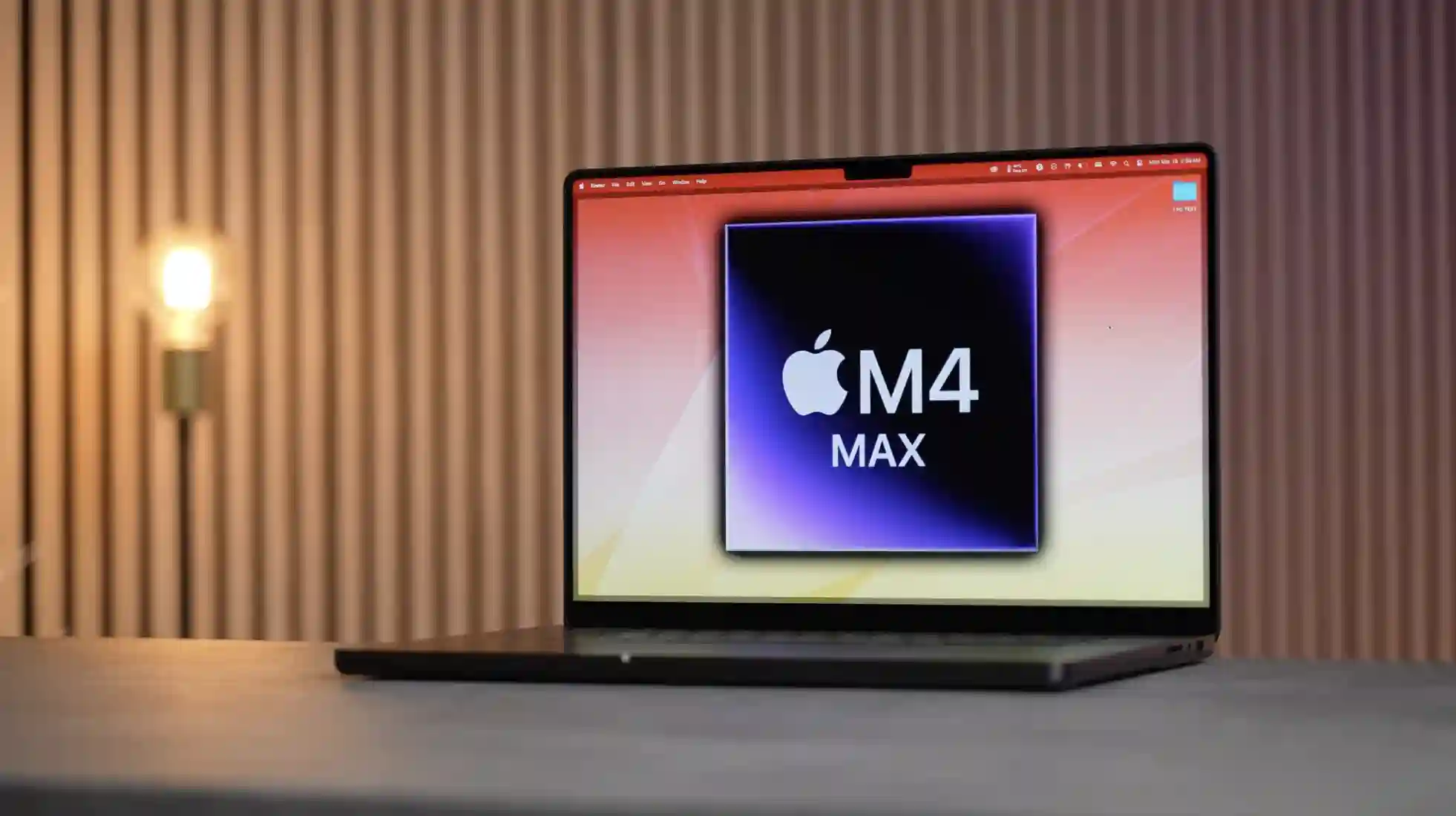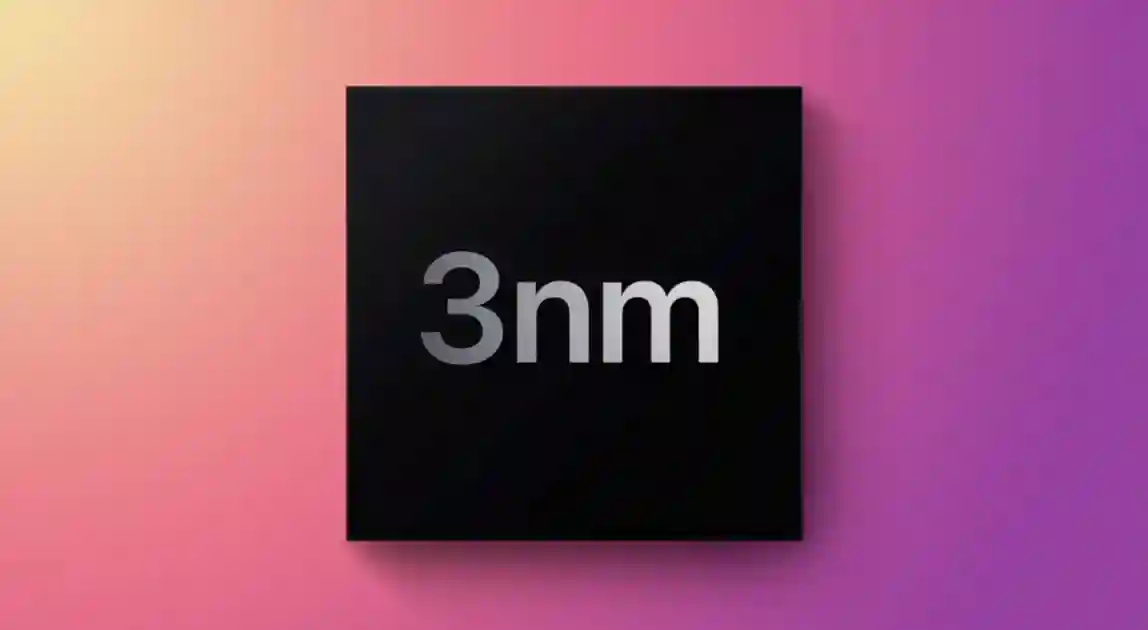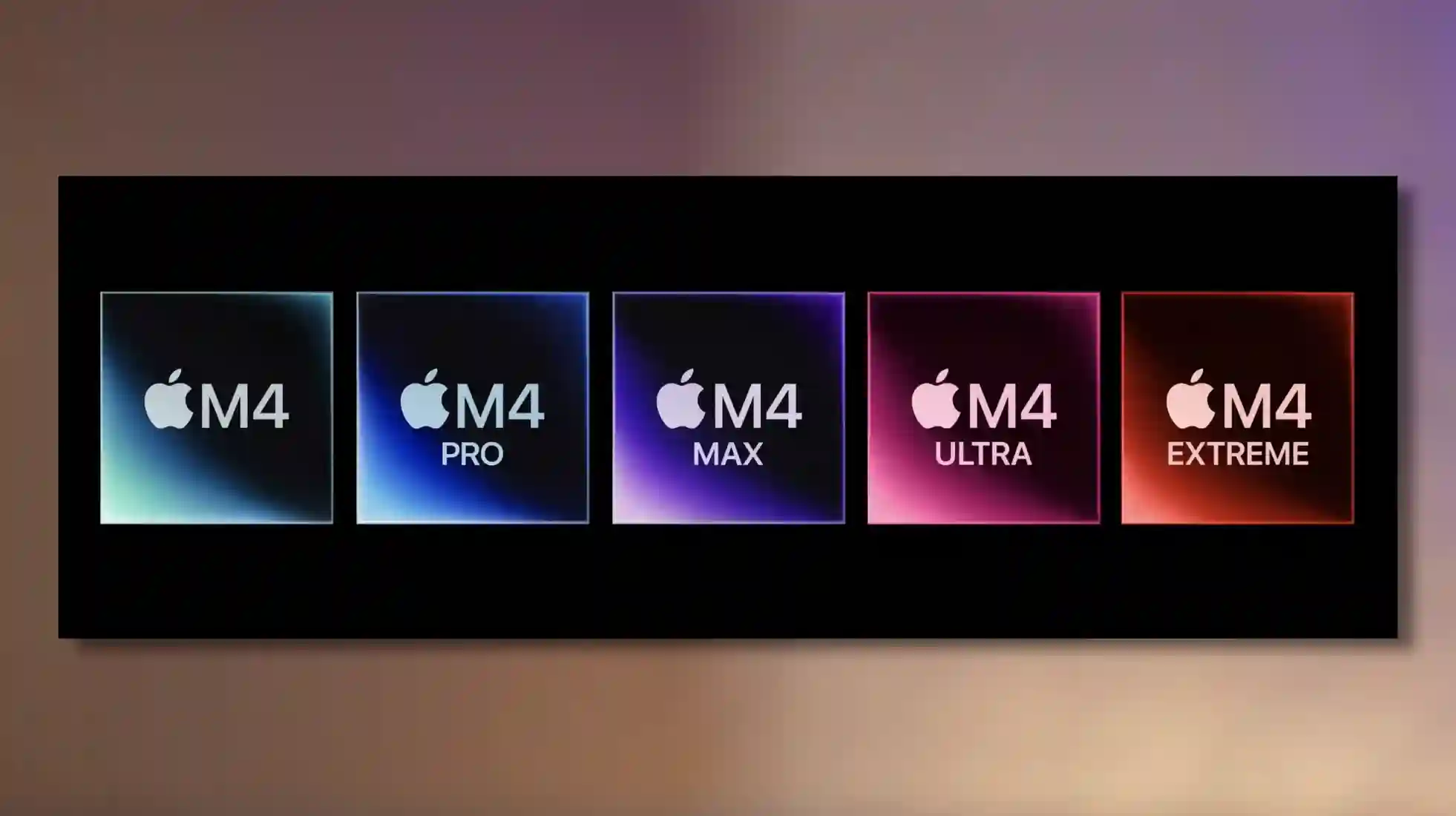Apple’s new iPad Pro just got the M4 chip completely skipping over the M3, and while everyone thought that the M4 would be a small update, the benchmarks for this new chip have leaked, and it’s so much better than we thought, proving that it’s the biggest core redesign since the M1.
In this article, I’m gonna explain three different things:
The real reason behind why Apple skipped the M3 chip,
Why the M4 benchmarks are so much better than we expected,
What this means for M4 Max, including when the first ones will come and which specific ones will come first.
Before we explain why Apple skipped the M3 and went straight to the M4, I want to talk about why it’s so impressive in terms of performance. So let’s start with the benchmarks. Here’s the best score I found so far for the M4 chip. Yes, it’s the ten-core version showing off an incredible 3823 points in single-core, which makes it the fastest consumer chip in the world in terms of single-core performance, being about 16.5% faster than the fastest Intel chip out there right now, which is just insane. Compared to the previous M3, it’s about 24% faster, which is finally a great upgrade.

On the multi-core performance side, the M4 chip is about 25% faster than the M3, which is a great jump, actually outperforming the base M3 Pro chip within the $2,000 14-inch MacBook Pro, which is nuts because that machine just came out seven months ago.
So with that said, it’s hard to believe that Apple could come up with such a huge gain in such a short amount of time, but that’s not the secret behind why the M4 is so impressive. The truth is that the M4 chip is actually what the M3 chip should have been. The M3 was created by Apple because they wanted to rush out a three-nanometer chip as soon as possible to get it out in 2023, which I’ll explain in just a minute when I get into the next section. But the real reason is that to rush out the three-nanometer chips, they had to collaborate with TSMC, who makes all of their chips. But the problem with that is that they used the brand new N3 process node, which is unique and lithographically incompatible with the rest of the future.
TSMC planned N3 nodes like N3, which is what the M4 chip is built on, and the future N3 P and n3 x notes and N3 b are more complicated than the new N3 because it features 25 EUV layers, which is basically like 3D printing chip designs on 25 different layers using lasers. But as it turns out, the mainstream N3 and the other nodes only use up to 19 EUV layers, not 25, which means that Apple has to completely redesign their chips when switching to the new N3.
So my theory for why the M3 chips weren’t that big of a jump, even though they were the first three nanometer chips, is that Apple didn’t want to fully redesign their core architecture and chip designs for N3, b just to have to do it all over again from scratch for the new N3, which will be used for n3 p again. So instead, Apple took the easy route and simply copied and pasted, or rather adapted the old chip designs from the old M2 and A16 chips onto the new three nanometer n3 B node. And then they tweaked it up to make it work. But while all that was happening, their true engineering focus was all going towards completely overhauling the chip architecture for the new mainstream N3 node.

This makes sense because that node is fully compatible with the future N3 notes. And that right there is why the N4 chip is so much faster than we expected. It’s the first major architecture overhaul since the M1 chip. It’s literally the one that we’ve been waiting for. And it took so long because Apple was waiting for mainstream N3 three nanometers the entire time. So now let’s get into why Apple skipped the M3 chip and gave the M4 to the iPad Pro. And trust me, you’re gonna want to hear this because everything is about to make perfect sense.
To make a long story short, TSMC was supposed to have mainstream N3 chips ready in 2022, but they were ultimately delayed until now. In 2024, Apple wasn’t happy about this, so TSMC worked with them to rush three-nanometer chips out sooner in 2023, which became the N3 B chips that no other companies like Qualcomm and Google wanted to use because of the chip yield issues. So they all told TSMC that they’re gonna wait for the mainstream N3 node. And because of that, from TSMC’s perspective, it makes zero sense to keep the n3 b node around once the real N3 chip lines start kicking into gear. So my hunch is that both TSMC and Apple agreed that they would only use the initial n3 b node for a limited period of time, and completely shut it down as soon as the real N3 node is ready, which is seemingly what they’re doing right now. And it fully explains why the iPad Pro received the M4 chip just seven months after the M3 was revealed. Because if you think about it, the iPad Pro usually only gets updated every one and a half years. So if they gave it the M3 chip, TSMC would have to keep their N3 b chip lines running for the next one and a half years, which they don’t want to do.
Ideally, they would completely shut n3 b off as soon as possible, so it makes sense to avoid giving M3 chips to any more Apple products. This completely explains why Apple gave the new iPad air the old M2 chip instead of the M3, since the iPad air also only gets updated every one and a half years, which is too long, and the old mainstream five nanometer M2 chip lines will continue running for many years, so there are no issues there And same thing for the Mac mini, which we thought would get updated to the M3 chip at the same time as the M3 MacBook air. But no, it’s still on the old M2 chip, and it’s deliberate because the Mac mini also doesn’t get updated very often in the final piece of evidence. That gives it all away is the fact that, unlike the M1 and M2 Max chips, the new M3 Max chip die didn’t come with the Ultra Fusion connector on the bottom, which is used to create the M3 ultra chip. Apple left it out because they were planning to skip the M3 ultra all along, so there’s no reason to keep that Ultra Fusion connector, which would have wasted precious silicon space.
This actually matches up to a leak from Trendforce. That said, the Mac studio is coming in the middle of 2024, but the ultra chip inside of it would be built on TSMC’s new N3 node instead of N3 b, which at the time, that leak didn’t really make sense. But now it completely makes sense because now that the M4 chip is out, it 100% guarantees that we will not see any new M3 chips or M3 max anymore.

Every single Mac from this point forward must have an M4 based chip, including the M4 ultra. So with that said, let’s get into my thoughts on when M4 Max are coming and which ones are coming first. Right off the bat, I completely agree with Mark Gurman when he says that M4 based MacBooks are not gonna come until later this fall, I believe that the M4, M4 Pro and M4 Max MacBook pros will come this fall. And then in the spring of 2025, the M4 MacBook air models will come, which will mean that there will no longer be any M3 Macs in existence.
So TSMC can finally shut down the m3 B chip lines less than a year from now. But what about the M4 ultra max studio and the Mac Pro? Well, honestly, I’m having a really hard time agreeing with Mark Gurman’s. Take that those Macs won’t be coming until the middle of next year for three different reasons.
Number one is that if he’s right on June 1st of 2025, Apple will already be selling the M4 Max MacBook Pro for nine months alongside the outdated M2 ultra max studio, which literally makes zero sense to buy for anyone. Even the M3 Max MacBook Pro that we have now is already basically just as fast in some workloads, so I haven’t been recommending it to anyone. Just imagine what will happen when the M4 Max MacBook Pro is out later this fall.
For reason number two, Apple completely glossed over the details of the M4 chip during the iPad Pro event. Not really making a big deal about the new chip when they really should have made a huge deal, seeing as it’s the biggest upgrade since the M1 in terms of per core performance. Apple even teased WWDC next month, saying that they’ll talk more about the future of their platforms, which makes me think that Apple chose to keep some of the M4 chip details secret until the next time they release new M4 Max. So if they were gonna hold off on some details, it wouldn’t make sense to hold off for half a year longer until the fall. It makes much more sense to reveal the details sooner rather than later, which perfectly matches up to WWDC.

Number three, we of course have the leak from Trendforce that said that the Mac studio will be updated in the middle of 2024, which is literally WWDC with an M3 based M4 chip, which is the M4 ultra.
So my take is that we’ll see at least one new M4 based Mac next month. But whatever it is, it must be a desktop mac and not a MacBook which I think makes sense to delay until the fall, giving Apple’s desktop mac sales a boost for right now. So I believe there’s a chance that Apple could reveal the entire M4 family of chips at WWDC while releasing the new M4 Mac mini, the M4 Pro Mac mini, the M4 Max Mac Studio, the M4 ultra mac studio, and the M4 ultra mac Pro all at the same event next month and just get over it now.
Of course, I could be wrong, but that’s where I’m leading to right now before we get more leaks.




